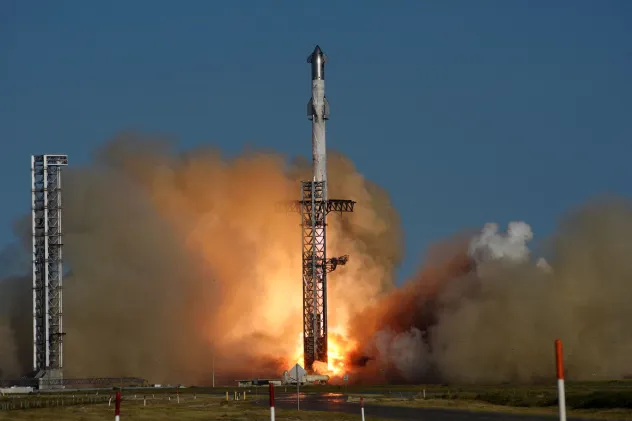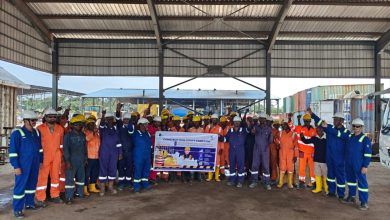SpaceX Prepares for Starship’s Most Ambitious Test Yet After Setbacks

SpaceX is preparing for another critical test flight of its colossal Starship rocket — a key pillar in Elon Musk’s vision to colonize Mars, following two previous launches that ended in dramatic explosions.
The company has set Tuesday evening as the launch target, with a window opening at 6:30 p.m. local time (2330 GMT) from its Starbase facility in southern Texas, located in the newly incorporated city of Starbase, formerly known as Boca Chica Village.
At 403 feet (123 meters) tall, Starship is not only the tallest rocket ever built, but also the most powerful — designed to carry massive payloads and one day transport humans to the Moon, Mars, and beyond. The upcoming test will mark the fourth integrated flight of Starship with its Super Heavy booster.
The flight carries high stakes for both SpaceX and NASA. While SpaceX is developing Starship as a fully reusable system for interplanetary travel, NASA has selected a modified version of the vehicle to land astronauts on the Moon for Artemis III, currently slated for late 2026.
But the pressure is mounting. The last two Starship flights ended with the upper stage breaking apart mid-flight, scattering debris across wide regions and temporarily grounding other flights. Critics say these failures point to the risks of SpaceX’s “fail fast, iterate faster” approach.
Still, the company remains undeterred.
“Progress in space exploration is rarely linear,” SpaceX said in a statement. “It won’t always come in leaps — but each flight provides valuable data.”
Despite past setbacks, SpaceX has repeatedly showcased one of its most daring technical achievements: catching the Super Heavy booster using the giant mechanical “chopstick” arms on its launch tower. This maneuver is crucial to making Starship rapidly reusable — and economically sustainable.
However, in this ninth test flight, SpaceX will reuse a Super Heavy booster for the first time, opting to let it splash down in the Gulf of Mexico instead of attempting a mid-air catch.
The upper stage will aim to complete half an orbit and splash down in the Indian Ocean, mirroring the flight path of previous missions.
In a first for Starship, the vehicle will also carry and deploy non-functional mock-ups of SpaceX’s Starlink satellites — a dress rehearsal for future operational flights. The dummy satellites are expected to burn up harmlessly in the atmosphere.
Ahead of the launch, the Federal Aviation Administration (FAA) granted approval and expanded safety measures, doubling the airspace closure zone to 1,600 nautical miles. The agency is coordinating with airspace authorities across the UK, Bahamas, Turks and Caicos, Cuba, Mexico, and others.
The FAA also approved an increase in annual Starship launches from five to 25, concluding that the ramp-up would not pose significant environmental risks — despite opposition from conservationists concerned about potential impacts on endangered sea turtles and shorebirds in the ecologically sensitive Gulf Coast.
Meanwhile, according to The Wall Street Journal, SpaceX is intensifying efforts to accelerate the Starship program — reallocating resources and personnel in a push to be Mars-ready as early as next year.





